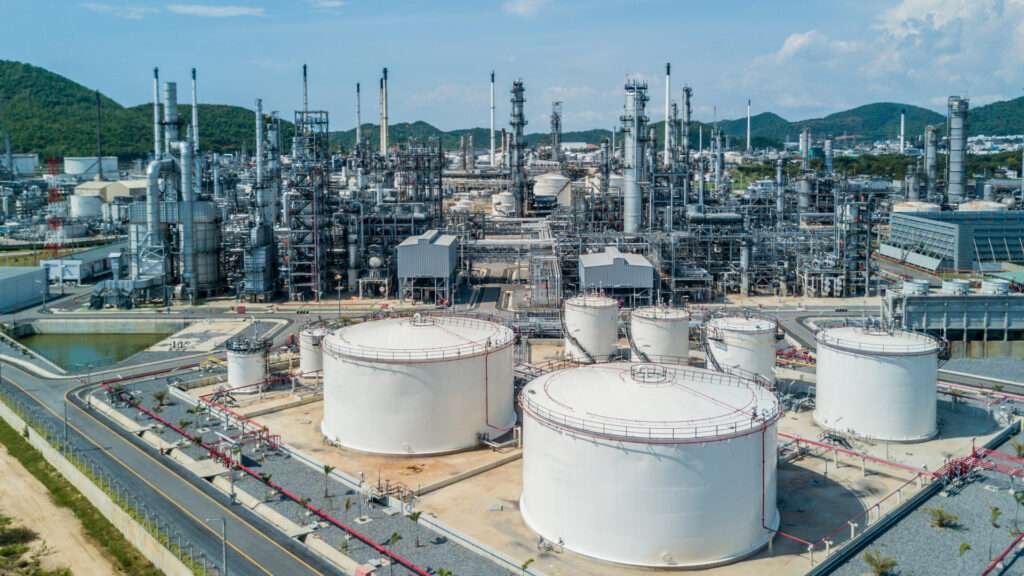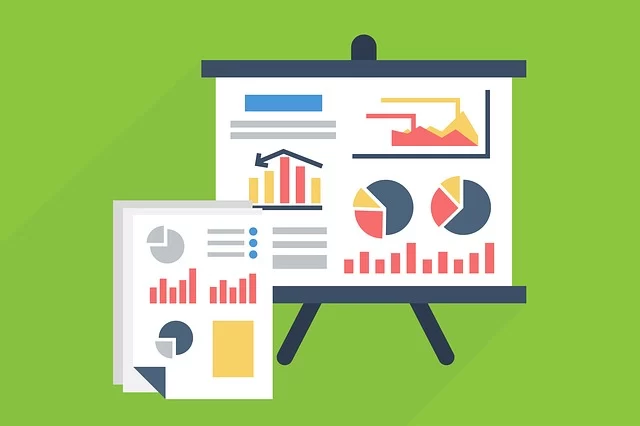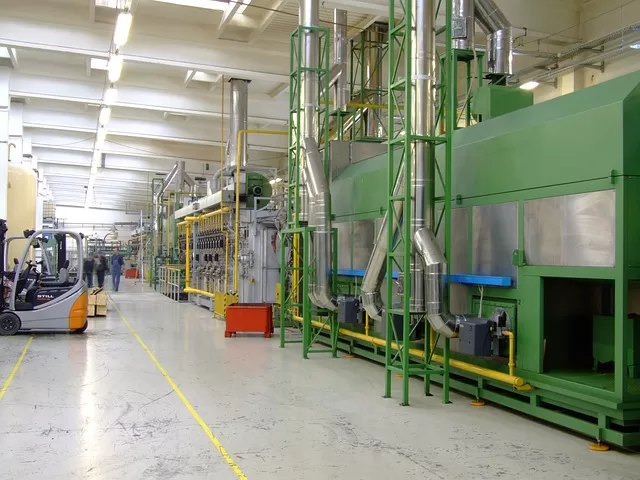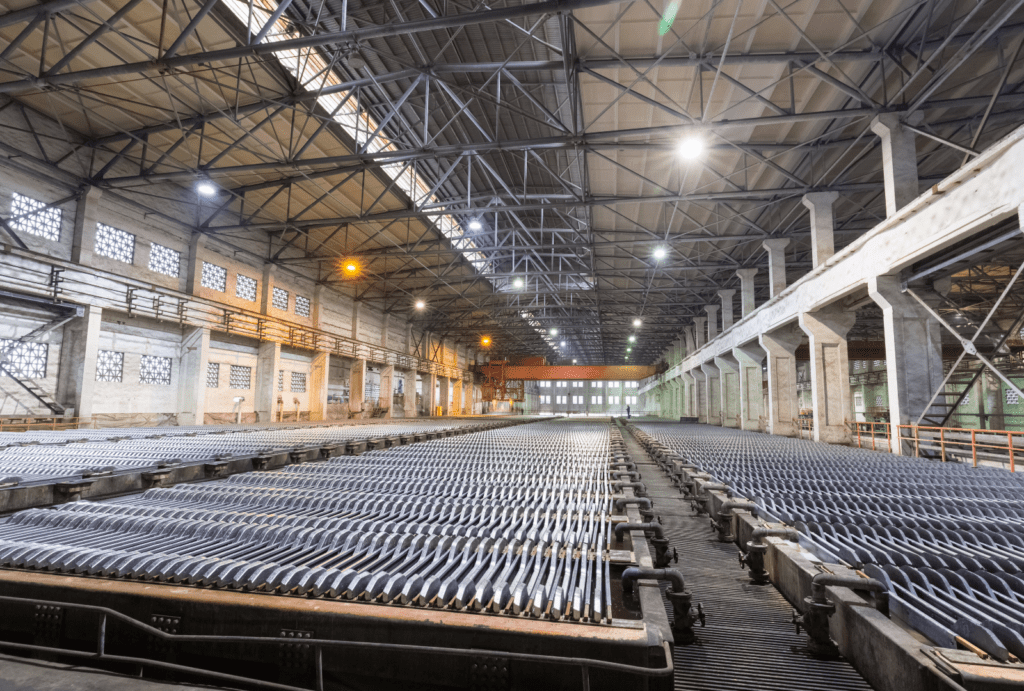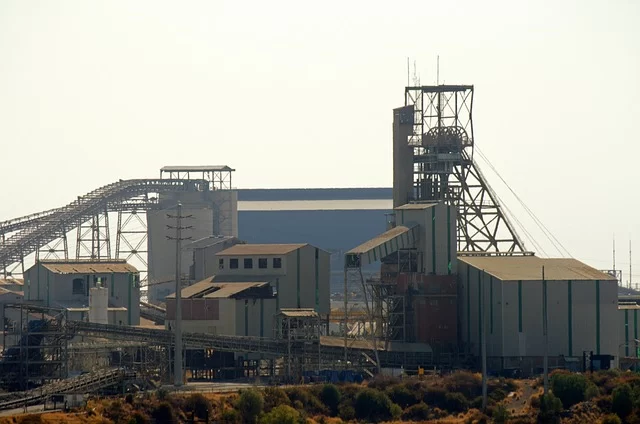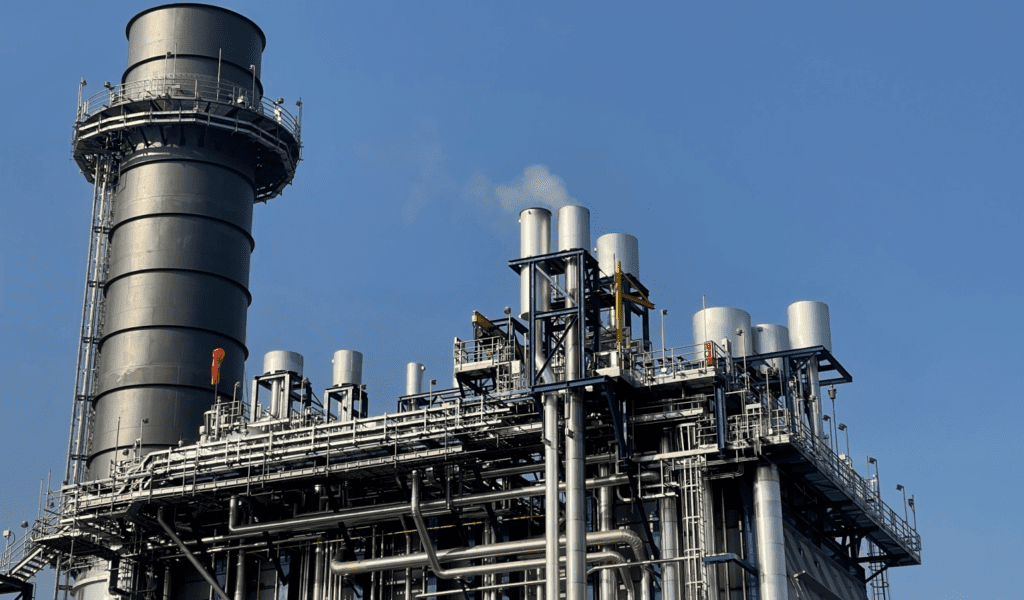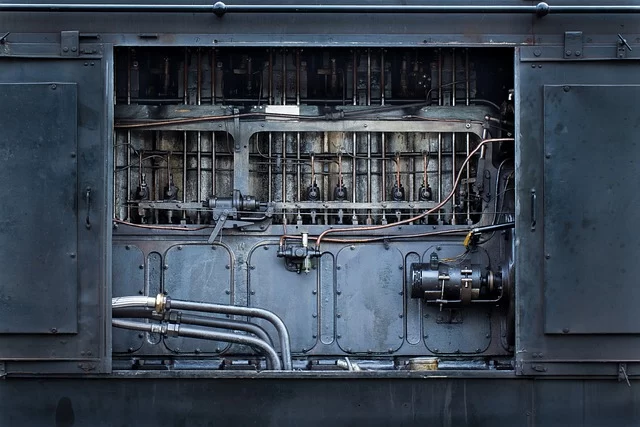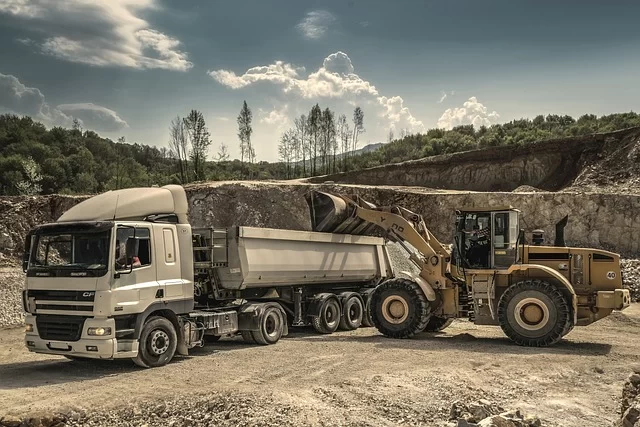It is important to determine the right level of maintenance management functionality for a new production facility and considerations towards the size, complexity & risk profile of the operation must be used during these determinations.
For instance, if the operation involves highly complex, risk intensive and high output production processes with multiple production lines, it will require a higher level of maintenance management functionality.
In this situation, considerations would need to be made towards using a quality CMMS, sophisticated asset monitoring systems, predictive maintenance capabilities, and advanced data analysis tools to ensure that any potential problems are identified and solved before they cause major
Furthermore, the industry in which the production facility operates affects the level of maintenance management functionality required.
Industries with stringent regulatory requirements, such as pharmaceuticals, oil and gas, or food production, require a strong maintenance management system to ensure compliance with all applicable regulations.
This would include features like documentation management, audit trails, and automated reporting to demonstrate regulatory compliance.
The level of maintenance management functionality needed for a new production facility should be determined after a thorough examination of the production processes, facility size, industry requirements, and available resources.
By carefully considering these factors, the facility can implement a maintenance management system that meets its specific needs and ensures the smooth operation of the production line, while also maximizing productivity, safety, and compliance.
This short-sighted approach often leads to a vicious cycle of equipment breakdowns, unplanned downtime, and costly repairs just a few years from when an operation may have been commissioned.
Without adequate maintenance management functionality, the production equation becomes increasingly difficult to maintain, eventually affecting the operation’s overall profitability.
Organisations that understand the value of scalability in maintenance management functionality, on the other hand, take a proactive approach to ensuring the long-term success of their production operations.
They understand that as the operation expands and evolves, so should the maintenance management functionality and associated capabilities.
Scalability in maintenance management functionality can be accomplished through a combination of technological advancements, process improvements, and workforce training.
Implementing a computerised maintenance management system (CMMS) can help to streamline maintenance processes, improve asset tracking, and enable data-driven decision-making.
Furthermore, organizations can invest in training and development programs to enhance the skills and knowledge of their maintenance teams.
This not only ensures that the workforce is equipped to handle the increasing complexity of the operation but also fosters a culture of continuous improvement and innovation.
Another aspect of scalability in maintenance management functionality is the ability to respond to changing regulatory requirements and industry standards.
When the government issues new regulations or revises existing ones, organisations must be able to quickly and effectively implement the changes to their maintenance processes and procedures.
Finally, the scalability of maintenance management functionality is critical for organisations seeking and maintaining a competitive advantage in the market by producing more consistently and efficiently than their competitors.
Organisations can reduce downtime, improve equipment reliability and availability, ensure product quality, and optimise overall production efficiency by constantly improving and expanding their maintenance management functionalities and capabilities.
What is The Honeymoon Period of a New Facility?

New operations frequently experience what is known as ‘a honeymoon period’ with their equipment.
This refers to the first phase in which the equipment is brand new and shiny, requiring little maintenance.
During this time, there is a temptation to relax and cut costs by only performing the equipment manufacturer’s recommended preventive maintenance tasks and implementing condition-based monitoring equipment and practices.
While it is understandable that organisations want to recover some of the costs associated with the construction and commissioning of production operations and equipment, it is critical to consider the equipment’s future state.
The honeymoon period may create a false sense of security, leading management to believe that the equipment will continue to function flawlessly without incurring significant costs.
However, the equipment will eventually show signs of wear and tear. Components may begin to deteriorate, and minor issues that were once easily resolved may escalate into more serious problems if not addressed.
Neglecting to take proper future proofing precautions during the honeymoon period can lead to unexpected breakdowns, production delays, and costly repairs after the honeymoon period has expired.
Furthermore, relying solely on the manufacturer’s recommended maintenance tasks may be insufficient to keep the equipment in top condition.
Every production environment is unique, and operating conditions, workload, and environmental factors can all have an impact on equipment performance and longevity. As a result, organisations must develop a comprehensive maintenance strategy that accounts for these specific variables.
Implementing condition-based monitoring practices can also be beneficial during the honeymoon period and afterwards. This includes using advanced technologies such as sensors and data analytics to continuously monitor the equipment’s performance and detect any signs of potential problems.
By proactively addressing these issues, businesses can avoid unexpected breakdowns and extend the life of their equipment.
While it may necessitate additional upfront investments, a proactive approach to equipment maintenance during the honeymoon period can result in long-term benefits.
It can help extend the equipment’s life, reduce downtime, and improve overall operational efficiency.
Furthermore, it can help to create a safer working environment by lowering the risk of accidents caused by equipment failure.
Plan for the Future State of Equipment.
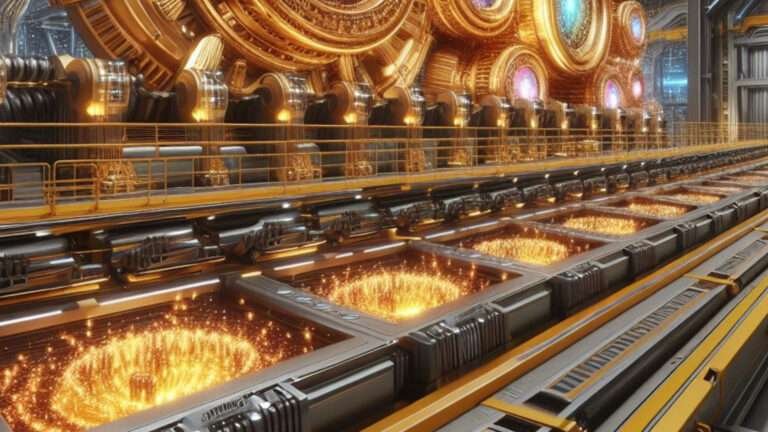
When no plans are made to deal with the equipment’s future state during the honeymoon period, managers have probably forgotten that all machinery will eventually show signs of age and wear.
The problem with this is that with zero planning in this space, you’ll have all equipment showing signs of age at the same time.
During the honeymoon period, two of the most undervalued functions of maintenance management are “materials management” and “master data management.” These functions are frequently viewed as unnecessary overhead costs during this stage of operation.
However, they are critical components that, if ignored, can bring an operation to a halt. The two functions are described below:
1. Materials Management: Materials management entails ensuring the availability of spare parts, tools, and consumables for maintenance tasks.
a. During the honeymoon period, it may appear unnecessary to invest in a strong materials management system. However, as the equipment ages, timely access to spare parts and materials becomes increasingly important in order to avoid prolonged downtime and maintenance delays.
b. Improper materials management can hinder organisations’ ability to locate and procure necessary spare parts. This can cause production delays because technicians may need to wait for the necessary materials to arrive before carrying out repairs.
c. Inadequate inventory management can result in overstocking or understocking of spare parts, causing capital constraints and downtime.
d. Implementing an effective materials management system during the honeymoon period helps organisations establish dependable supply chains and vendor relationships.
e. Having spare parts and materials readily available reduces repair time and minimises production disruption.
2. Master Data Management: Master data management is the process of maintaining accurate and up-to-date information about equipment. This includes capturing all important asset data within the CMMS and developing asset management strategies and related bills of materials.
a. Neglecting master data management during the honeymoon period can result in lost control over maintenance activities during critical times.
b. This can lead to inefficiencies, higher costs, and safety risks. As time passes, a lack of asset master data can impede decision-making processes and the ability to identify patterns or trends that could aid in optimising maintenance strategies and meeting your production equation.
c. Capturing and analysing asset master data during the honeymoon period allows organisations to establish baseline performance metrics and develop proactive maintenance plans.
d. This improves operational efficiency, extends equipment lifespan, and reduces unexpected failures.
Implement Maintenance Management Functions from Day 1.

It is important to implement various maintenance management functions gradually from day 1 of a new organization.
Waiting until issues arise can lead to reactive and costly maintenance practices. By implementing these functions proactively, organizations can establish a solid foundation for effective maintenance management and ensure long-term success.
Here are my top 6 takeaways for senior managers to absorb when establishing a new production facility:
I. Analyse and determine necessary maintenance management functionality for production equation.
II. Recognise that maintenance management functionality varies based on the complexity, risk profile, and size of the production operations.
III. Avoid lean operations during the honeymoon period.
IV. Consider the equipment’s future state.
V. Implement materials management to maintain timely access to spare parts and materials as equipment ages.
VI. Highlight the importance of master data management.
By following these key takeaways, senior managers can build a new production facility on a solid maintenance management foundation, ensuring the operation’s long-term success.
When implementing maintenance management functions from day one, it is critical to have a thorough understanding of the organization’s production equation.
This entails thoroughly inspecting the equipment, processes, and resources used in production operations.
By determining the level of maintenance management functionality required, senior managers can ensure that the right systems, processes, and tools are in place at the right time to support efficient and effective maintenance practices throughout the operation’s lifespan.
Furthermore, it is important for senior managers to recognize that the amount of maintenance management functionality needed is scalable and dependent on various factors.
The complexity, risk profile, and size of the production operations will all influence the level of maintenance management required. For example, a small-scale production facility with simple equipment may require a more basic maintenance management system, while a large-scale facility with complex machinery may necessitate a comprehensive and sophisticated system.
Senior managers should resist the temptation to go with a lean operation in the early stages of establishing a new production facility.
While lean principles can help reduce waste and improve efficiency, they must be balanced with the need for proper maintenance.
Neglecting maintenance in favour of a lean approach can result in future equipment breakdowns and costly downtime, reducing the facility’s overall productivity and success.
Having a vision for the future and considering what the state of the equipment might be in a few years is a critical consideration when implementing maintenance management functions from the start of any operation.
Determine the Optimal Maintenance Management Functionality.

Before diving into the various methodologies you will need to utilise to determine the optimal Maintenance Management Functionality at your organisation, it is important to understand your production equation.
This refers to the specific factors that influence your production process, such as the type of equipment used, the complexity of your operations, and the desired output. By analysing your production equation, you can identify the critical areas that require maintenance management functionality.
The type of equipment used and the environments in which it is used are important factors to consider when developing a production equation. Different types of equipment have different maintenance needs and lifespans depending on a variety of factors.
The complexity of your operations is another critical component of the production equation. Complex operations frequently involve multiple interconnected processes and machinery, which increases the likelihood of breakdowns and failures.
In such cases, a strong maintenance management system is essential for keeping track of maintenance schedules, assigning tasks to technicians, and ensuring prompt repairs.
Furthermore, complex operations may necessitate specialised maintenance techniques or tools, which should be considered when choosing a maintenance management solution.
The desired output from your manufacturing process is also an important factor in the production equation. The volume, quality, and consistency of output can all have an impact on your equipment’s maintenance requirements.
For example, if your production goal is to achieve high output volumes, you may need to implement preventive maintenance strategies to reduce the likelihood of unexpected breakdowns that disrupt production.
On the other hand, if your primary goal is to produce high-quality products, you may need to prioritise regular inspections and calibration to ensure your equipment is accurate and precise.
By thoroughly analysing your production equation, you can gain insight into the specific maintenance management functionality that you require.
When setting up a new production facility, it is crucial to determine the optimal amount of maintenance management functionality required.
This will ensure that your operations run smoothly and efficiently from the start, and also allow for gradual improvements over time. To determine the right level of maintenance management functionality, a comprehensive analysis using one or more methodologies is necessary.
From this point on we will explore the different methodologies commonly used, such as reliability-cantered maintenance (RCM), total productive maintenance (TPM), and failure modes effects analysis (FMEA) as follows:
1) Reliability-cantered maintenance (RCM): This is a methodology that focuses on identifying the most critical components and assets within a production facility. By analysing the failure modes and consequences of these components, RCM aims to develop an efficient maintenance strategy that maximizes equipment reliability while minimizing costs. This methodology takes into account factors such as the age of the equipment, its criticality to the production process, and the consequences of failure.
2) Total productive maintenance (TPM): This methodology on the other hand, takes a holistic approach to maintenance management. It emphasizes the involvement of all employees in the maintenance process and aims to create a culture of continuous improvement. TPM focuses not only on the maintenance of equipment but also on the overall efficiency and effectiveness of the production system. By involving operators in the maintenance process and providing them with the necessary skills and knowledge, TPM aims to reduce downtime, increase equipment availability, and improve overall productivity.
3) Failure modes effects analysis (FMEA): This is yet another methodology commonly used in maintenance management. It involves a systematic approach to identifying potential failure modes, their causes, and their effects. By analysing these failure modes, FMEA aims to develop preventive and corrective actions to minimize the likelihood and impact of failures. This methodology is particularly useful during the design phase of a new production facility, as it allows for the identification and mitigation of potential risks before they become costly problems.
By understanding and applying these methodologies, you can determine the right level of maintenance management functionality for your new production operation.
Gradual Introduction and Continuous Improvement
After conducting a thorough analysis using one or more methodologies such as RCM, TPM, and FMEA, you can determine the initial maintenance management functionality needed for your new production facility.
It is critical to start with a solid foundation and gradually add new functionality over time.
By gradually introducing maintenance management functionality, you can assess its effectiveness and make necessary changes. This approach enables you to identify any gaps or areas for improvement and then implement changes accordingly.
Continuous improvement is essential for optimising your maintenance management functionality and ensuring the smooth operation of your production facility.
When introducing new functionality, it is critical to have a clear plan.
This plan should specify the specific features and capabilities that will be added, as well as the timeline for implementing them.
Taking a structured approach ensures that each new feature is thoroughly tested and integrated into your existing maintenance management system.
During the gradual implementation of new functionality, it is critical to involve all relevant stakeholders, including maintenance technicians, engineers, and management.
Their suggestions and feedback will be extremely helpful in identifying any potential issues or challenges that may arise during the implementation process. By involving these stakeholders from the start, you can ensure that the new functionality meets their needs and expectations.
When introducing new maintenance management functionality, it is critical to closely monitor the impact on your maintenance team’s ability to adopt it. Encourage the team to be open about any issues and to feel comfortable reporting them.
Continuous improvement should be an ongoing process for any maintenance management strategies you develop. As you collect more data and insights, you’ll be able to identify areas for further optimisation and make targeted improvements.
This could include fine-tuning existing processes, improving maintenance staff training programmes, or implementing new technologies to streamline operations.
You can improve your production facility’s efficiency, dependability, and cost-effectiveness by constantly improving its maintenance management functionality.
This not only improves your bottom line, but it also ensures that your equipment and assets are well-maintained, lowering the likelihood of unplanned downtime and costly repairs.
Make sure to choose a CMMS that meets your specific needs and helps you optimise your ability to support the production process.
Understanding and then fully supporting your production equation is the reason for having a maintenance department, so ensure that your maintenance practices are geared towards operational excellence.

